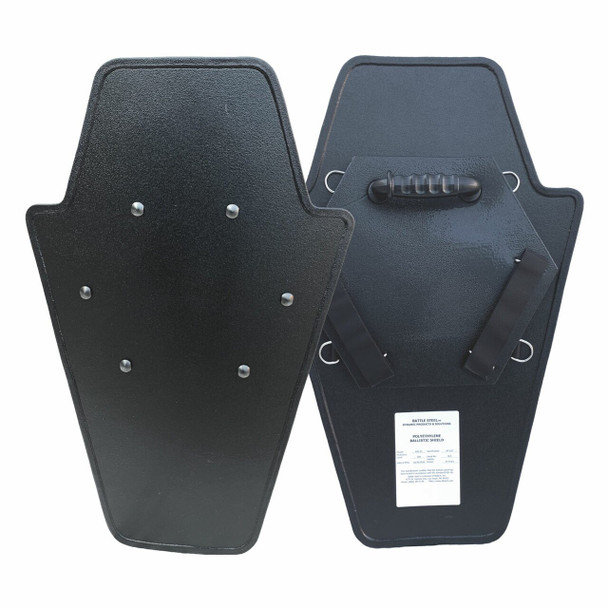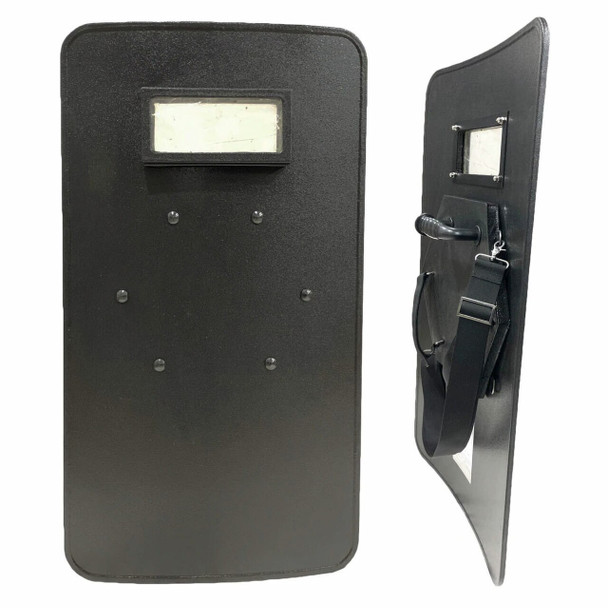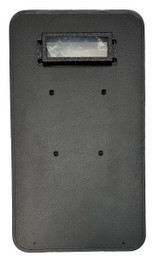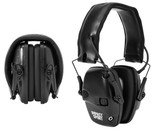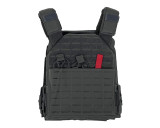How to Choose Ballistic Shields in 2024: Expert Advice on Selection
Introduction
Ballistic shields are essential tools for law enforcement, military personnel, and security teams. They provide critical protection against various ballistic threats in high-risk situations. With advancements in materials and technology, choosing the right ballistic shield in 2024 requires understanding the types available, their specific features, and the conditions under which each type excels. This guide offers expert advice on selecting the best ballistic shield for your needs, highlighting important aspects to consider.
Types of Ballistic Shields
Ballistic shields come in various types, each designed to offer protection against specific threats and for different operational requirements. Understanding these types is crucial for making an informed decision.
Types of Ballistic Shields
| Type | Description | Common Uses |
| Handheld Shields | Portable shields carried by hand, varying in size and protection | Law enforcement, riot control, active shooter situations |
| Rolling Ballistic Shields | Shields mounted on wheels for easier maneuverability | Checkpoints, crowd control, prolonged standoffs |
| Entry Shields | Smaller shields used during dynamic entry operations | SWAT teams, breaching, close-quarter combat |
| Riot Shields | Lightweight, typically transparent shields for crowd control | Riot police, protest management |
| Level III Shields | Shields rated to stop rifle rounds (up to 7.62mm) | Military operations, high-risk engagements |
| Level IV Shields | Shields capable of stopping armor-piercing rounds | High-threat environments, anti-terrorism units |
Key Features to Consider
When choosing a ballistic shield, several key features should be taken into account to ensure they meet your specific needs.
1. Protection Level
- Importance: Determines the type of ballistic threat the shield can withstand.
- Consideration: Higher levels offer more protection but are heavier and less maneuverable.
2. Size and Weight
- Importance: Affects portability and ease of use.
- Consideration: Larger shields offer more coverage but can be cumbersome in confined spaces.
3. Material
- Importance: Influences the shield's weight, durability, and level of protection.
- Consideration: Modern materials like Kevlar, UHMWPE, and composite ceramics provide a balance of protection and weight.
4. Ergonomics
- Importance: Ensures the shield can be comfortably used over extended periods.
- Consideration: Look for features like padded handles, adjustable straps, and clear viewing ports.
5. Additional Features
- Importance: Enhances the functionality and versatility of the shield.
- Consideration: Integrated lights, communication systems, and weapon rests can be crucial in certain scenarios.
Key Features of Ballistic Shields
| Feature | Description | Importance |
| Protection Level | Indicates the type of ballistic threat it can withstand | Ensures adequate protection in high-risk situations |
| Size and Weight | Affects portability and maneuverability | Critical for operational flexibility |
| Material | Influences weight, durability, and protection level | Modern materials offer better performance |
| Ergonomics | Ensures comfort and usability over extended periods | Reduces fatigue and increases efficiency |
| Additional Features | Enhancements like lights and communication systems | Increases functionality and versatility |
Nuances When Selecting Ballistic Shields
Selecting the right ballistic shield involves understanding several nuances that impact their effectiveness and suitability for specific tasks.
1. Operational Environment
- Urban vs. Rural: Urban environments may require more compact and maneuverable shields, while rural settings may benefit from larger shields with higher protection levels.
- Weather Conditions: Consider shields with weather-resistant features for use in harsh conditions.
2. Threat Assessment
- Threat Level: Assess the level of threat (e.g., handgun, rifle, armor-piercing rounds) to determine the appropriate protection level.
- Frequency of Use: For frequent high-threat encounters, durability and ease of deployment are crucial.
3. Team Dynamics
- Solo vs. Team Use: Larger shields may be better suited for team operations, while smaller, more portable shields are ideal for solo use.
- Compatibility with Gear: Ensure the shield integrates well with other tactical gear, such as helmets and body armor.
4. Budget and Cost
- Initial Cost vs. Longevity: Higher-end shields may have a greater upfront cost but offer better durability and protection, potentially reducing long-term expenses.
- Maintenance and Upkeep: Consider shields that require minimal maintenance while providing consistent performance.
Nuances in Selecting Ballistic Shields
| Nuance | Description | Considerations |
| Operational Environment | Urban vs. rural settings, weather conditions | Affects size, portability, and durability |
| Threat Assessment | Level of threat and frequency of encounters | Determines protection level and durability |
| Team Dynamics | Solo vs. team use, compatibility with other gear | Influences size, weight, and additional features |
| Budget and Cost | Initial cost, longevity, and maintenance | Balances upfront expenses with long-term value |
Recommended Ballistic Shields in 2024
Based on expert analysis, here are some of the top recommended ballistic shields in 2024:
- Point Blank Guardian 6
- Features: Level III protection, lightweight composite materials, integrated LED lights, adjustable straps.
- Best For: Law enforcement, active shooter situations.
- Hardwire Tactical Shields
- Features: Level IV protection, advanced ceramic composite, ergonomic handle system, multi-hit capability.
- Best For: Military operations, high-threat environments.
- United Shield International Alpha Shield
- Features: Level IIIA protection, compact design, ballistic viewport, NIJ certified.
- Best For: SWAT teams, dynamic entry operations.
- Honeywell Spectra Shield
- Features: Lightweight UHMWPE material, high-mobility design, modular add-ons.
- Best For: Riot control, patrol operations.
- DFNDR Armor Level IV Defender
- Features: Level IV protection, multi-curve design for ergonomic fit, optional weapon mount.
- Best For: Anti-terrorism units, prolonged standoffs.
Recommended Ballistic Shields in 2024
| Model | Key Features | Best For |
| Point Blank Guardian 6 | Level III, lightweight, integrated LED lights, adjustable straps | Law enforcement, active shooter situations |
| Hardwire Tactical Shields | Level IV, ceramic composite, ergonomic handle, multi-hit capable | Military operations, high-threat environments |
| United Shield International Alpha Shield | Level IIIA, compact, ballistic viewport, NIJ certified | SWAT teams, dynamic entry operations |
| Honeywell Spectra Shield | UHMWPE material, high-mobility, modular add-ons | Riot control, patrol operations |
| DFNDR Armor Level IV Defender | Level IV, multi-curve design, optional weapon mount | Anti-terrorism units, prolonged standoffs |
Conclusion
Choosing the right ballistic shield in 2024 involves careful consideration of various factors, including protection level, size and weight, material, ergonomics, and additional features. By understanding the different types of ballistic shields and their specific applications, you can make an informed decision that enhances your safety and operational efficiency in any high-risk environment. Whether for law enforcement, military operations, or security tasks, the right ballistic shield provides crucial protection, ensuring you are prepared for any challenge.
Recent Posts
-
Understanding Ballistic Shield Ratings and Their Applications
The Trusted Name in Tactical Defense - BattleSteel® When it comes to protecting those who protect us …2025-04-19 -
The Importance of Hearing Protection in Tactical Environments
The Legacy of BattleSteel® BattleSteel® is a trusted name in the world of tactical defense equipment …2025-04-14 -
How to Properly Fit and Wear a Plate Carrier
About BattleSteel and Their Mission BattleSteel is a trusted name in the tactical gear industry, ren …2025-04-11
